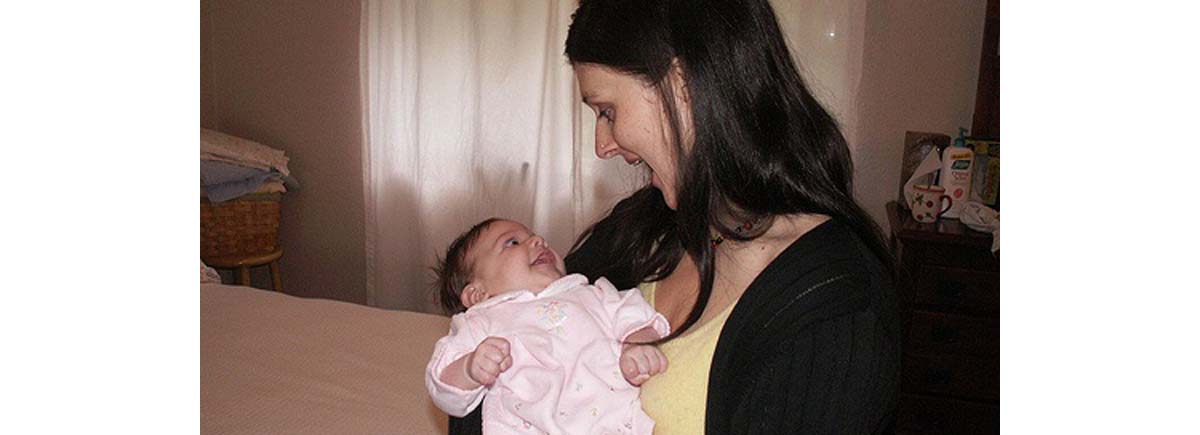Table of Contents
If you are in the United States and looking into a homebirth midwife, you'll first have to know a bit about the various types of midwives that operate in the US. We've categorized midwives into three types. The last type, lay midwife, may operate under different names depending on the state she is in.

Certfied Nurse Midwives
Certified Nurse Midwives (CNMs) work in all states, in hospitals and sometimes in independent birth centers and at home. A Certified Nurse Midwife has the most extensive formal education of all the types of midwife active in the United States; they have a four-year nursing degree with additional midwifery training of two years, and have been licensed by the American College of Nurse Midwives.
The greatest advantage of choosing a CNM is that this type of midwife will have seen many, many labors and births including all kinds of complications that can occur, and will be trained in how to deal with every possible eventuality. Around two percent of all Certified Nurse Midwifes provide homebirth services; those that do are most likely to have a good relationship with a hospital, facilitating an easier transfer should that prove to be necessary.
One disadvantage that some women see in a CNM is that they are perceived to be more medically minded. The “natural birth community” sometimes jokingly refers to these midwives as “medwives”.
Certified Professional Midwives
Certified Professional Midwives do not have to be trained nurses (though a few are, coincidentally), and they only practice at birth centers and preside over homebirths. Before being licensed, these midwives have to meet the requirements of NARM, the North American Registry of Midwives — an organization founded by the National Alliance of North America (MANA).
Recently, possessing a High School Diploma was added to the requirements. Self-study and attending a small number of births under the apprenticeship are other requirements. To get their CPM license, these midwives have to answer 350 multiple-choice questions.
Certified Professional Midwives have a serious sounding title, but let's make no mistake — they would not be allowed to practice in any other first-world countries in which homebirth midwives operate, including Canada, the Netherlands, and the United Kingdom. Why? Because they have no medical training, and often no experience. Some CPMs are great midwives, but their credential alone is not enough to prove that.
Lay Midwives
Lay midwives or direct-entry midwives may have apprenticed with other lay midwives, and may have engaged in self-study. They are not held accountable by a professional (or even a semi-professional) organization and carry no liability insurance. Some lay midwives may have a great deal of experience, but do you really want to take their word for it?
Homebirth midwives in other countries
What kind of midwives operate in other countries, where homebirth is more popular than it is in the US? In the United Kingdom, Australia and Canada, midwives go to university and take part in clinical practice before being qualified. Shorter options are usually available for those people who want to become midwives and already have a nursing degree. In the Netherlands, midwives go through a four-year midwifery school. Training is spread equally between hands-on practical training and theory.
- Photo courtesy of kaceyjordan on Flickr: www.flickr.com/photos/kaceyjordan/6107416157
- Photo courtesy of bibbit on Flickr: www.flickr.com/photos/bibbit/4273718204
- Photo courtesy of chrisandjenni on Flickr: www.flickr.com/photos/chrisandjenni/147355799

